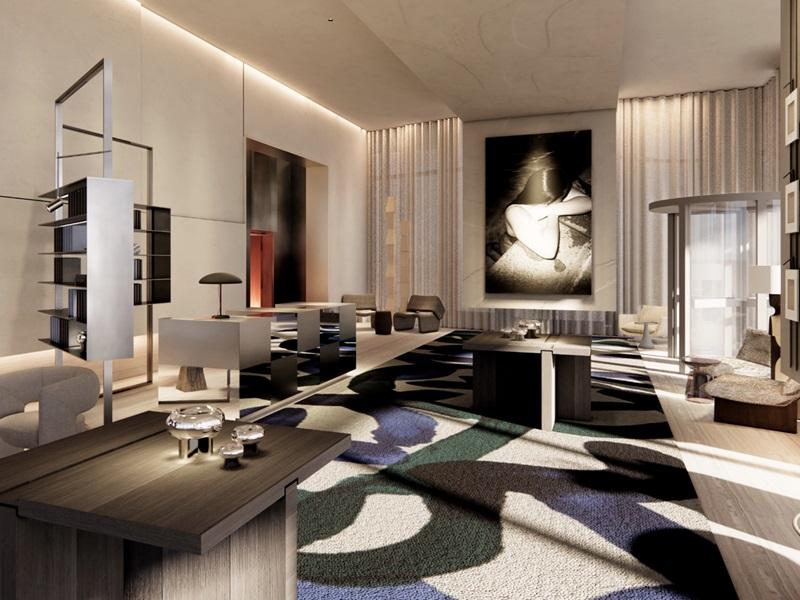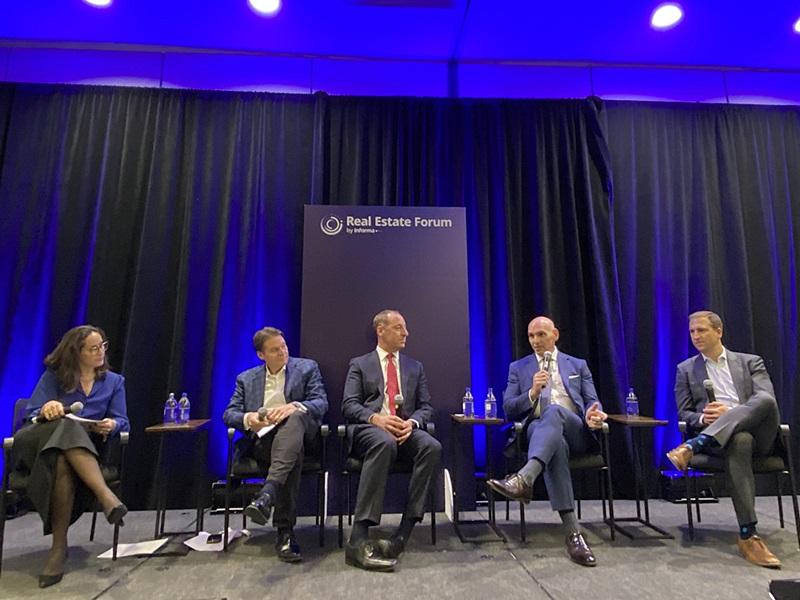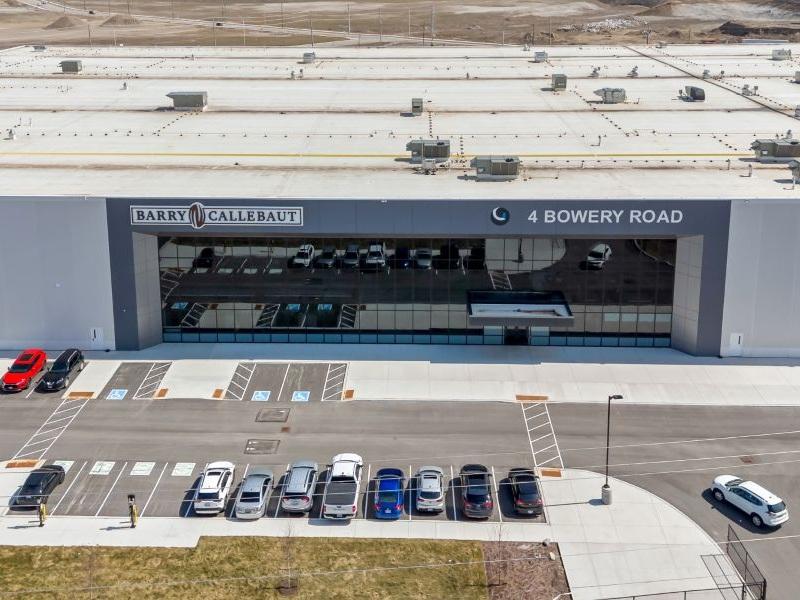
For a long time in commercial real estate, retail tenant strategies were seen as the primary foundation to placemaking, following the thinking if you build it, it will come.
Now a growing number of developers and asset owners in Canada and the U.S. are increasingly embracing the concept of culturally driven placemaking activations as a key component of their real estate strategy, with the growing recognition of its potential to enhance community engagement, boost economic value, and differentiate projects in a competitive market.
Earlier this year I was invited to participate in the Art in Place workshop hosted by the Urban Land Institute (ULI) in Philadelphia. The two-day event brought together real estate developers, city officials, artists and placemaking experts from across North America to explore how art can be a key driver for economic, social and cultural value in real estate.
During one of the sessions, I presented MASSIVart’s work on ROYALMOUNT, an 800,000-sq.-ft. mixed-use destination in Montreal where art and culture were integrated from the very beginning to give the new luxury retail and entertainment complex a unique and distinct destination that goes beyond the just shopping.
Not only did this public art strategy help create a new cultural landmark for Montreal where visitors linger, but it also has made ROYALMOUNT a desirable location for retailers, driving up lease rates.
More evidence for placemaking ROI
I also presented our work Play on the Plaza at The Amazing Brentwood for Shape Properties in the Vancouver area, where we converted an underutilized public plaza at the entrance of the shopping centre into a playful summer space with life-sized games and seating areas.
Traditionally shopping centres often see a “summer slump” during the months of July and August. However, correlated with the timing of the Play on the Plaza installation, those summer months ended up as being the second- and third-highest traffic months for the year.
Shape Properties reported during that time an increase in foot traffic of 10.2 per cent, as well as a 5.9 per cent increase in new visitors compared to previous summers.
While weather, consumer trends and new retail openings may have also contributed to that success, Shape Properties saw this creative placemaking strategy as an important piece of their overall formula and repeated the installation again in summer of 2024.
ULI published a white paper summarizing the key takeaways from all the presentations, and reaffirmed the evolving trend we have been seeing unfold across multiple markets: as developers embed art and culture into the DNA of a project, the return goes far beyond aesthetics. Creative placemaking strategies not only help produce clear economic benefits, like increased foot traffic, sales and lease rates, they also help create emotional connections to a place beyond the transactional nature of it.
Recipe for success: A community-centric approach
Another common theme shared was how successful creative placemaking strategies often involve collaborating with placemaking strategy experts early in the planning and design process, to engage with the community and to develop the concepts and programming that will resonate.
This process often begins with understanding who will be visiting, living, shopping and working in your spaces, when they will be using it and what do they want or need? It is also just as important to understand what's currently around your real estate for your strategy’s competitive positioning.
A developer that has really embraced an early integration of this is Northcrest Developments, leading the transformation of the 370-acre former Downsview Airport site, now known as YZD. For nearly 100 years, this site has been closed to the public and Northcrest is literally and figuratively opening the gates with a wide array of programming, from farmers’ markets to the signature Play on the Runway event.
By doing so it is helping foster critical emotional connections between city residents to the vast former airport lands and working with the local community to establish a unique identity and clear sense of place for YZD within the City of Toronto.
Over the coming decades, Northcrest will build seven vibrant, connected and complete neighbourhoods, where tens of thousands of people will live, go to work, and enjoy their community.
MASSIVart helped Northcrest develop its creative placemaking and public art masterplan for the development's first district – The Hangar District. By doing this important placemaking work early on, Northcrest is helping secure YZD’s social and economic value for the future.
How did we get here?
How did the concept of real estate placemaking evolve to become more focused on the cultural elements and the idea of creating a bigger sense of place?
One way to look at it is that as our lives have become increasingly more digital, from shopping to working and socializing, we now need to be even more intentional about how we bring people together in the places we create.
Creative placemaking also used to be primarily in the domain of non-profit's, art organizations and public realm initiatives from cities.
All these stakeholders still have very important roles to play in creating memorable and engaging urban places, but developer-led creative placemaking is now also having impact. This offers real estate strategies that help give people a reason to keep coming back to places regardless of the retail, consumer or workplace trends that may come and go.







